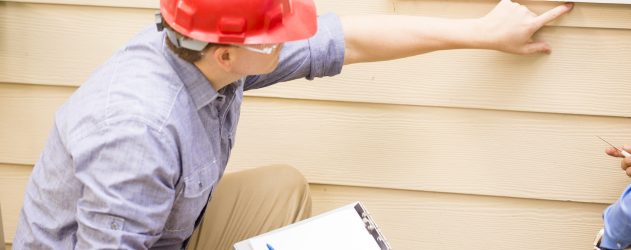
A standard home inspection provides you with a detailed report on the home you’re hoping to buy, but it doesn’t tell you everything.
Depending on the age, location and condition of the home you’re considering, you may need additional inspections. Radon testing, and mold inspection are among the most common of these specialized types of home inspections.
Here’s what a home inspection includes, and why your inspector might recommend — or you might want — one of these different inspections. We provide the additional areas of mold and radon.
What is included in a home inspection?
Home inspectors typically conduct a visual inspection of all parts of the property that are readily accessible. That leaves out anything that’s not easily viewed (or even visible), like some types of pest infestation, as well as any areas that are hard to safely reach (think wells and chimney interiors).
Parts of the home that are commonly included in a home inspection:
- Structural components (floors, walls, ceilings, stairs).
- Exterior components (siding, attached decks, porches).
- Roof.
- Plumbing.
- Heating and air conditioning.
- Major appliances.
- Ventilation.
- Insulation.
- Fireplaces and wood stoves.
- Windows and doors.
Different types of home inspections
Depending on what they find, your home inspector may suggest some of these additional inspections. They may also recommend that a knowledgeable tradesperson evaluate any issues identified (having an electrician look at faulty wiring, for example).
Radon testing
Radon is an odorless, colorless gas that results from the gradual breakdown of radioactive elements in the Earth. It is released from well water, building materials and soil, and can enter your home through cracks. The Environmental Protection Agency (EPA) and the surgeon general’s office estimate that, after smoking, radon exposure is the second-leading cause of lung cancer in the U.S. And it’s everywhere — according to the EPA, roughly 1 in 15 homes has an elevated radon level.
According to the EPA, roughly 1 in 15 homes has an elevated radon level.
Long-term (over 90-day) radon testing is generally recommended; but when you’re trying to close on a home, you don’t have the luxury of waiting three months. What can you do?
First, ask the seller if they have any previous radon test results. If they do, these results can give you a point of comparison. Either way, you can get a new short-term test done. A professional radon inspector may be able to report results within days of completing a 48-hour test. Alternatively, you can use an off-the-shelf kit to test radon levels yourself, but you’ll have to send the device off to a lab and wait to get the results.
If test results are elevated or you’re not confident about DIY testing, look to the National Radon Proficiency Program or the National Radon Safety Board to find a pro. Both of these groups’ credentialing programs are accepted by the EPA, which is helpful since not all states license radon inspectors. Professional radon testing costs a few hundred dollars, on average.
» MORE: Advice for first-time home buyers
Mold inspection
A mold inspector uses a moisture meter to detect dampness in drywall, insulation and other building materials. They may also take air samples from inside and outside the home.
» MORE: How to avoid expensive water damage

Recent Comments